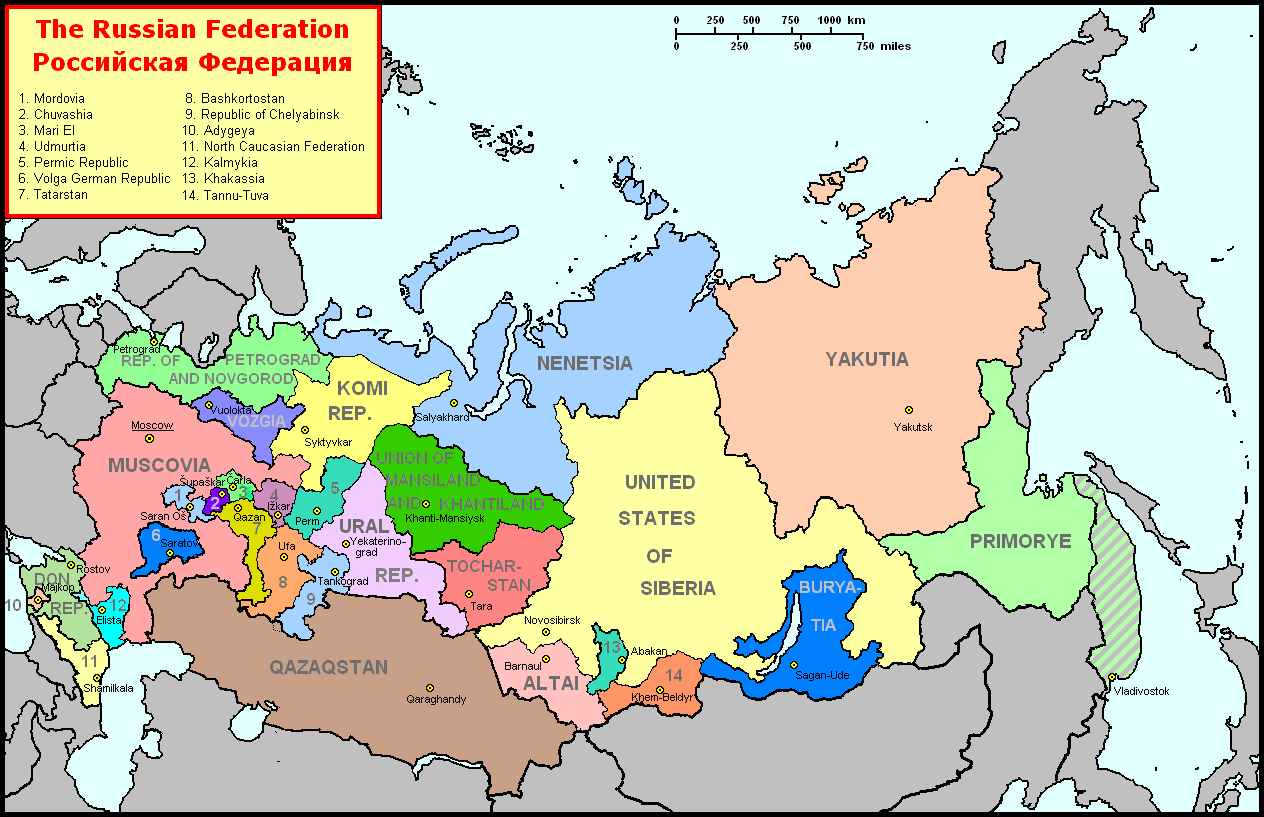Between the death of Peter the Great and that of Catherine, Russian foreign policy still pursued the traditional goals of expansion against Sweden, Poland, and Turkey. But Russia found that these goals increasingly involved it with the states of central and western Europe. In the War of the Polish Succession (1733-1735) Russian forces were allied with those of Austria.
The Russians and Austrians then became allies in a new war against the Turks from 1735 to 1739. Though the Russians invaded the Crimea successfully, their territorial gains were limited to Azov. The Austrians failed to cooperate in an invasion of the Danubian principalities and made it clear that they did not relish a Russian advance toward the Habsburg frontiers. Prussian influence, which was anti- Austrian, manifested itself with the designation of the German grandson of Peter the Great (the future Peter III) as heir and with the selection of the German Catherine, whose father was a Prussian general.
The Russians remained loyal to Austria and fought the Prussians in the Seven Years’ War. Russian forces invaded East Prussia and in 1760 entered Berlin; the accession of the pro-Prussian Peter III early in 1762 led the Russians to change sides and join the Prussians briefly against the Austrians and the French. When Catherine, on her accession, withdrew Russian forces, Russia was excluded from the peace conferences of 1763.
In foreign policy Catherine the Great was vigorous and unscrupulous in pursuing Russia’s traditional goals. When the throne of Poland fell vacant, Catherine secured the election of her former lover, Stanislas Poniatowski, who became Stanislas II (r. 1764-1795). Frederick the Great then joined with Catherine in a campaign to win rights for the Lutheran and Orthodox minorities in Catholic Poland. One party of Polish nobles, offended at foreign intervention, secured the aid of France and Austria, which adopted the stratagem of pressing Turkey into war with Russia to distract Catherine from Poland.
In the Russo-Turkish War (1768-1774) the Russian Baltic fleet sailed into the Mediterranean and destroyed the Turkish fleet in the Aegean (1770). While Russians and Turks were discussing peace terms, Frederick the Great concluded that Russia’s success with the Turks might lead it to seize most of Poland unless he acted quickly; he therefore arranged the first partition of Poland (1772), which lost to Russia, Prussia, and Austria almost one third of its territory and one half of its population.
Russia received a substantial area of what became Belorussia, or White Russia. Two years later, in the treaty of Kutchuk Kainardji, Catherine annexed much of the formerly Turkish stretch of the Black Sea coast; the Crimea was separated from the Ottoman Empire and annexed by Russia in 1783. She also obtained something the Russians had long coveted—freedom of navigation on the Black Sea and the right of passage through the Bosporus and the Dardanelles.
Now Catherine began to dream of expelling the Turks from Europe and reviving the Byzantine Empire under Russian protection. She had her younger grandson christened Constantine and imported Greek-speaking nurses to train him in the language. She also proposed to set up a kingdom of Dacia (the Roman name for “Romania”). By way of preparation, in 1783 Catherine built a naval base at Sebastopol in the newly annexed Crimea.
To achieve these grandiose designs, Catherine sought the consent of Austria and took Joseph II on a boat tour of the recently acquired territories of the Russian southwest. However, in a Second Russo-Turkish War (1787-1791) Catherine’s Austrian allies again provided feeble assistance and soon became embroiled in a conflict of interest with Russia over the European lands of the sultan. In the end Catherine contented herself with acquiring the remaining Turkish lands along the northern coast of the Black Sea.
Before her death Catherine participated in two more partitions of Poland. The second partition came as the result of a Polish constitutional movement, supported by the Prussians in opposition to Russian interests. Catherine intervened on the pretext of defending the established order in Poland and fighting revolution. In 1793 both the Russians and Prussians took large slices of Polish territory. An attempted Polish revolution was followed by the third partition, in 1795, by which Poland disappeared from the map. This time Austria joined the other two powers and obtained Krakow; Prussia got Warsaw, and Russia got Lithuania and other Baltic and east Polish lands.
The spectacular successes of Catherine meant the transfer to Russia of millions of people—Poles, Lithuanians, Belorussians, Tatars—who hated the Russians, and it left a legacy of instability and insecurity. It also meant that Russia had destroyed the useful buffers of the Polish and Tatar states, and now had common frontiers with its potential enemies, Prussia and Austria.

